Water, Our Lifeline
Chapter 18: Wastewater Story
Small and big pipes that carry waste water are called sewers. All sewers together form the sewerage. Wastewater is carried from home to the point of disposal, that is, the waste water treatment plant through sewerage. After the treatment of waste water, the clean water is released into nearby water bodies.
Water , our lifeline
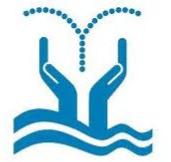
Water is our lifeline that bathes us and feeds us. In ancient cultures water represented the very essence of life. The Romans were the first to pipe water into their growing cities, especially with their aqueducts. They also realized that sewage water could cause damage to their people, and needed to be removed from large areas of people.
Water has played a role not only in the history of countries, but in religion, mythology, and art. Water in many religions cleanses the soul through holy water.
What is Sewage
Water is sewage ?
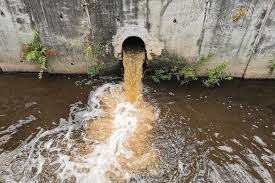
Sewage is a mixture of water (from the community’s water supply), human excreta (feces and urine), used water from bathrooms, food preparation wastes, laundry wastewater, and other waste products of normal living.
Water Freshens Up- An Eventful Journey
Water freshens up – an eventful journey
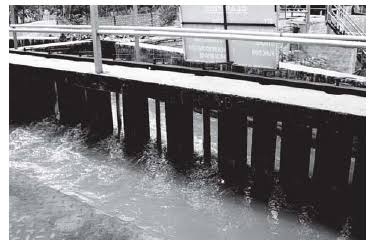
In a home or a public building generally one set of pipes brings clean water and another set of pipes takes away wastewater. Imagine that we could see through the ground. We would see a network of big and small pipes, called sewers, forming the sewerage. It is like a transport system that carries sewage from the point of being produced to the point of disposal, i.e. treatment plant. Manholes are located at every 50 m to 60 m in the sewerage, at the junction of two or more sewers and at points where there is a change in direction
Wastewater Treatment Plant
Wastewater treatment plant
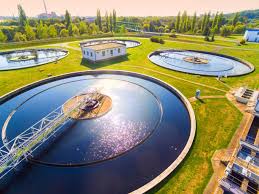
Sewage treatment (or domestic wastewater treatment, municipal wastewater treatment) is a type of wastewater treatment which aims to remove contaminants from sewage to produce an effluent that is suitable for discharge to the surrounding environment or an intended reuse application, thereby preventing water pollution from raw sewage discharges.[2] Sewage contains wastewater from households and businesses and possibly pre-treated industrial wastewater. There are a high number of sewage treatment processes to choose from.
Better House Keeping Practices
Better house keeping practices
The wastes such as solid food remain, tea leaves, sanitary towels, polythene bags, worn cotton, hair, and soft toys, among other items, should not be flushed. When these pollutants are dumped into ‘piped drains’ that convey wastewater, they clog the drains (or choke the drains) and prevent wastewater from flowing freely. These wastes also prevent the free flow of oxygen (of air) to the helpful bacteria in the drain, which aid in the decomposition of the wastes, by plugging the drains. This obstructs the natural process of wastewater treatment. Food scraps, used tea leaves, sanitary towels, polythene bags, used cotton, hair, and soft toys, among other items, should always be discarded in a trash can.
Sanitation And Disease at Public places
Sanitation and disease
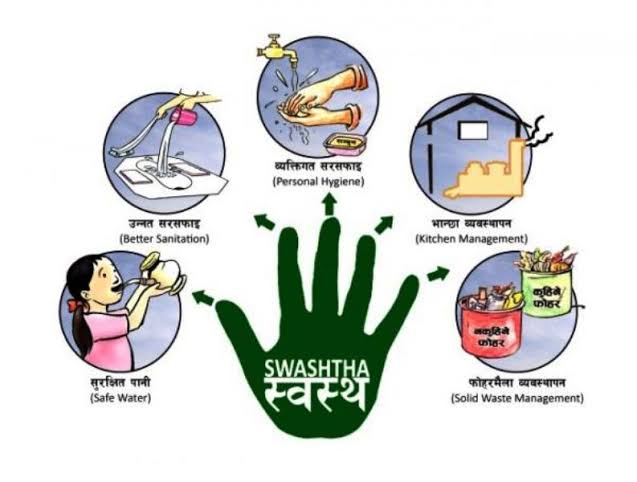
Poor sanitation is linked to transmission of diarrhoeal diseases such as cholera and dysentery, as well as typhoid, intestinal worm infections and polio. Poor exacerbates stunting and contributes to the spread of antimicrobial resistance.
Alternative arrangement for sewage disposal-
To improve sanitation low alternative arrangement for sewage disposal should be used. Such arrangement includes septic tanks, chemical toilets, compost pits etc.
Use of dustbins for throwing litters.
Use of public toilets for urination and defecation. Example- Sulabh.
Use of handkerchief or tissue paper while sneezing or coughing in order to prevent air-borne diseases.
Sanitation at public places
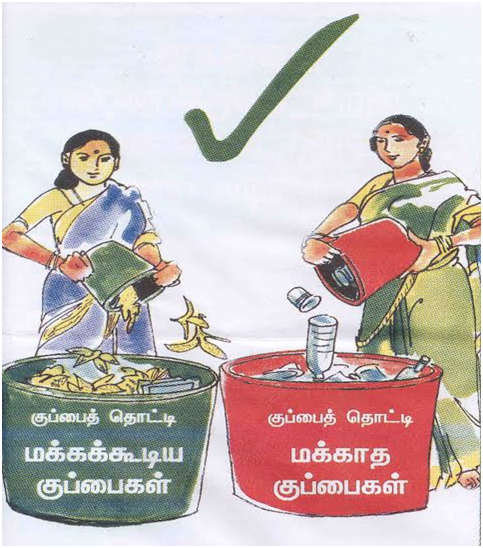
Use of public toilets for urination and defecation. Example- Sulabh.
Use of handkerchief or tissue paper while sneezing or coughing in order to prevent air-borne diseases.
Poor sanitation puts children at risk of childhood diseases and malnutrition that can impact their overall development, learning and, later in life, economic opportunities. While some parts of the world have improved access to sanitation, millions of children in poor and rural areas have been left behind
Alternative Arrangement For Sewage Disposal
Alternative arrangement for sewage disposal
To improve sanitation low alternative arrangement for sewage disposal should be used. Such arrangement includes septic tanks, chemical toilets, compost pits etc. Septic tanks and chemical toilets can be set up as an alternative for sewage disposal.
Following are 5 common methods of sewage disposal.
Treatment plants. Municipal sewage systems feed directly into sewage treatment plants. …
Sewage lagoons. Sewage lagoons are exactly what they sound like. …
On-site systems. …
Off-site systems. …
Full sewage systems.
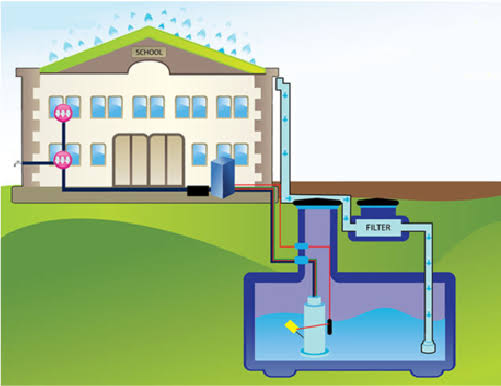

 Param Publication
Param Publication
 Grow Career Publication
Grow Career Publication
